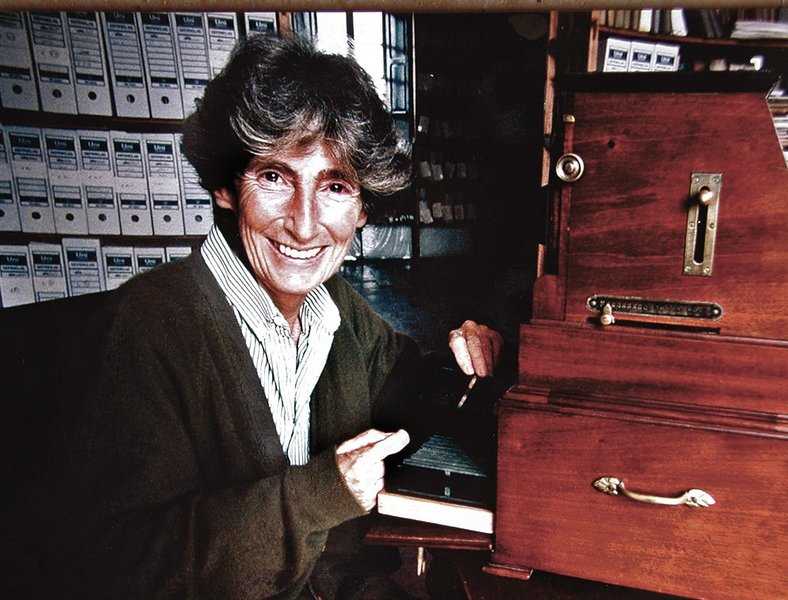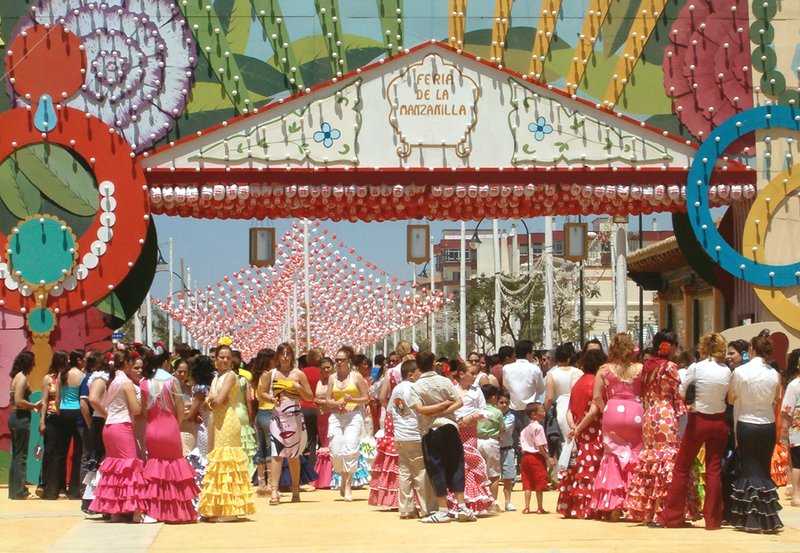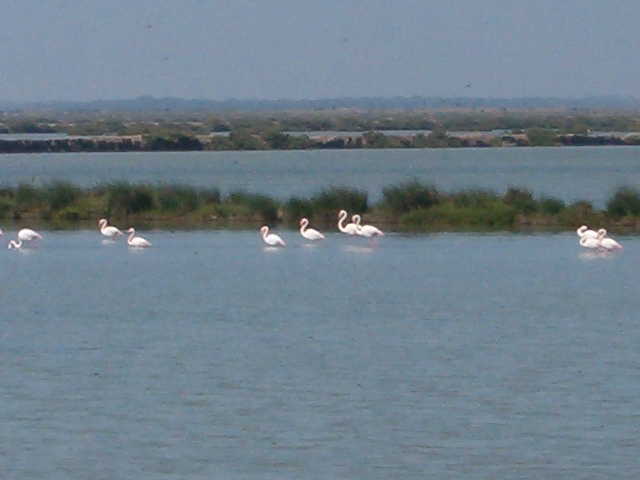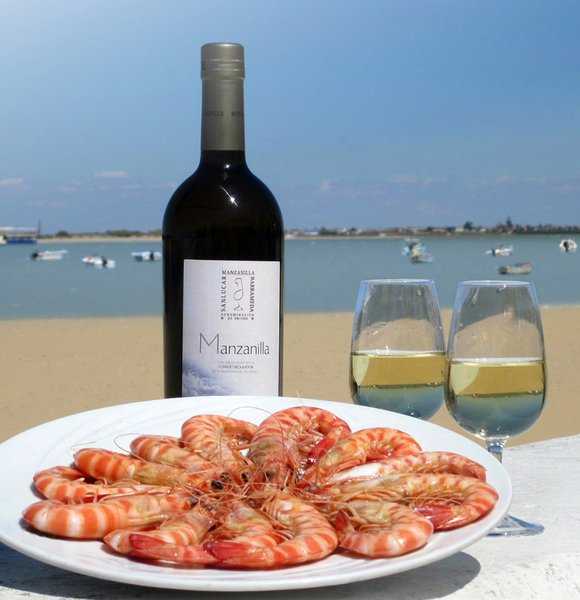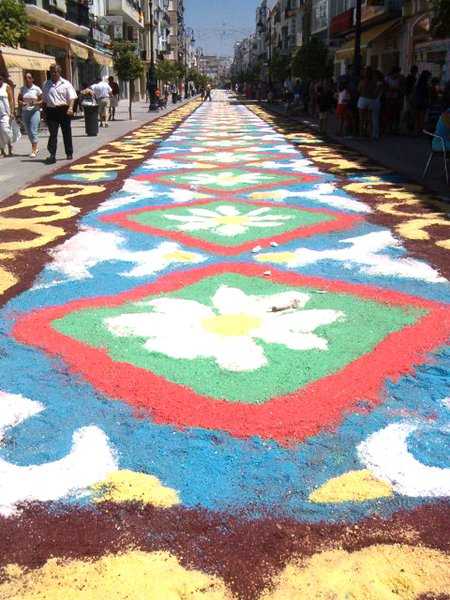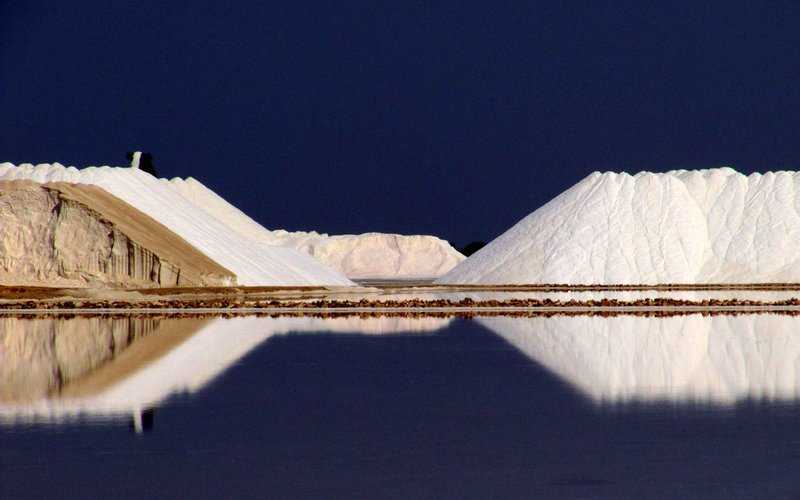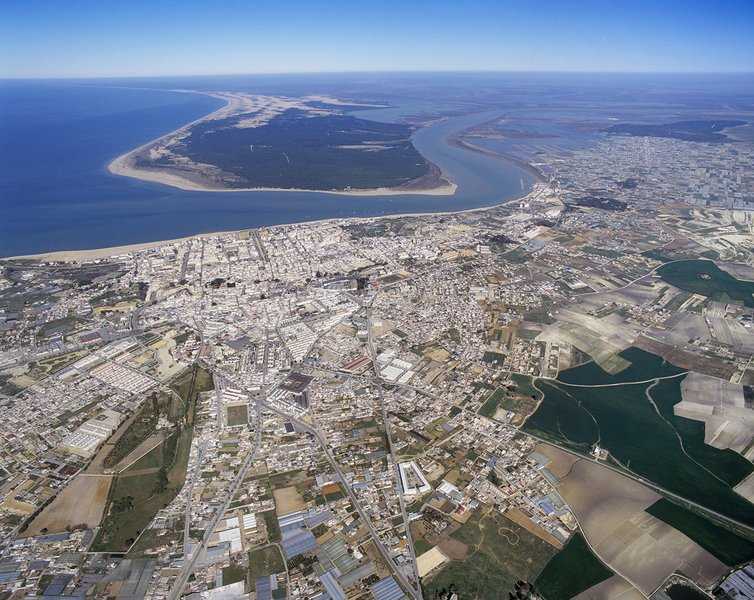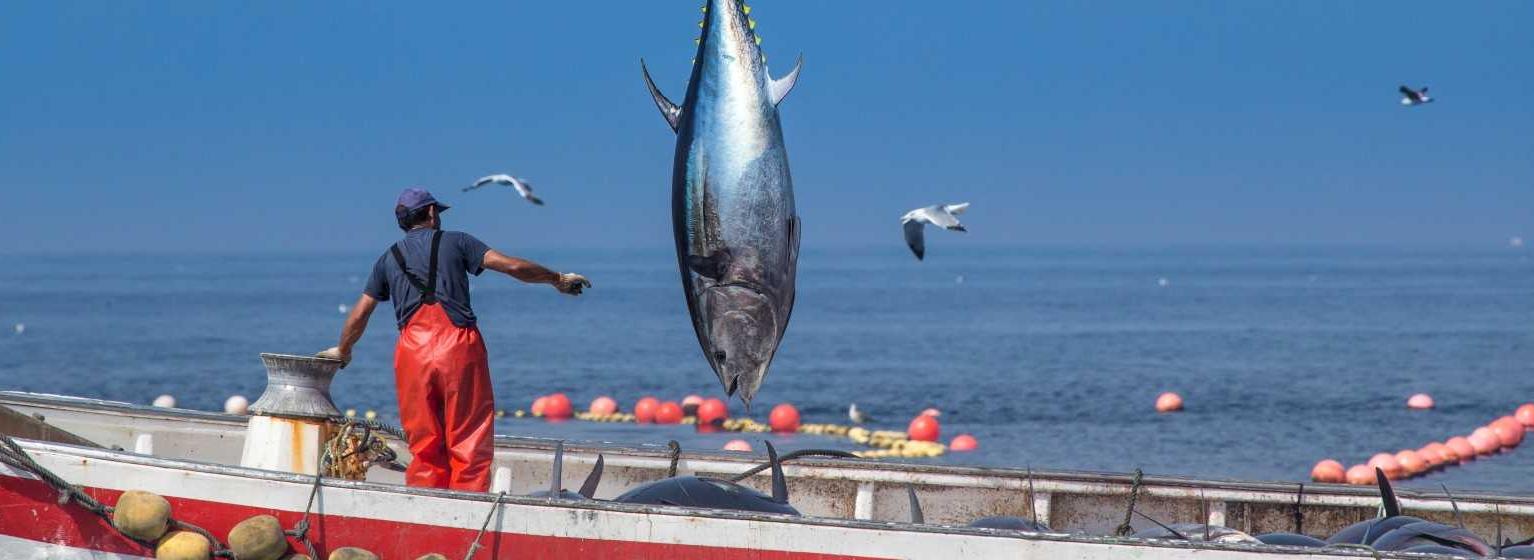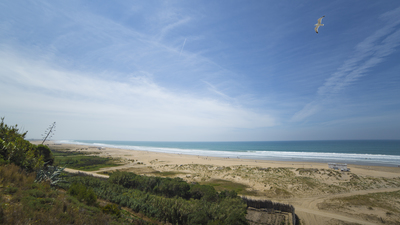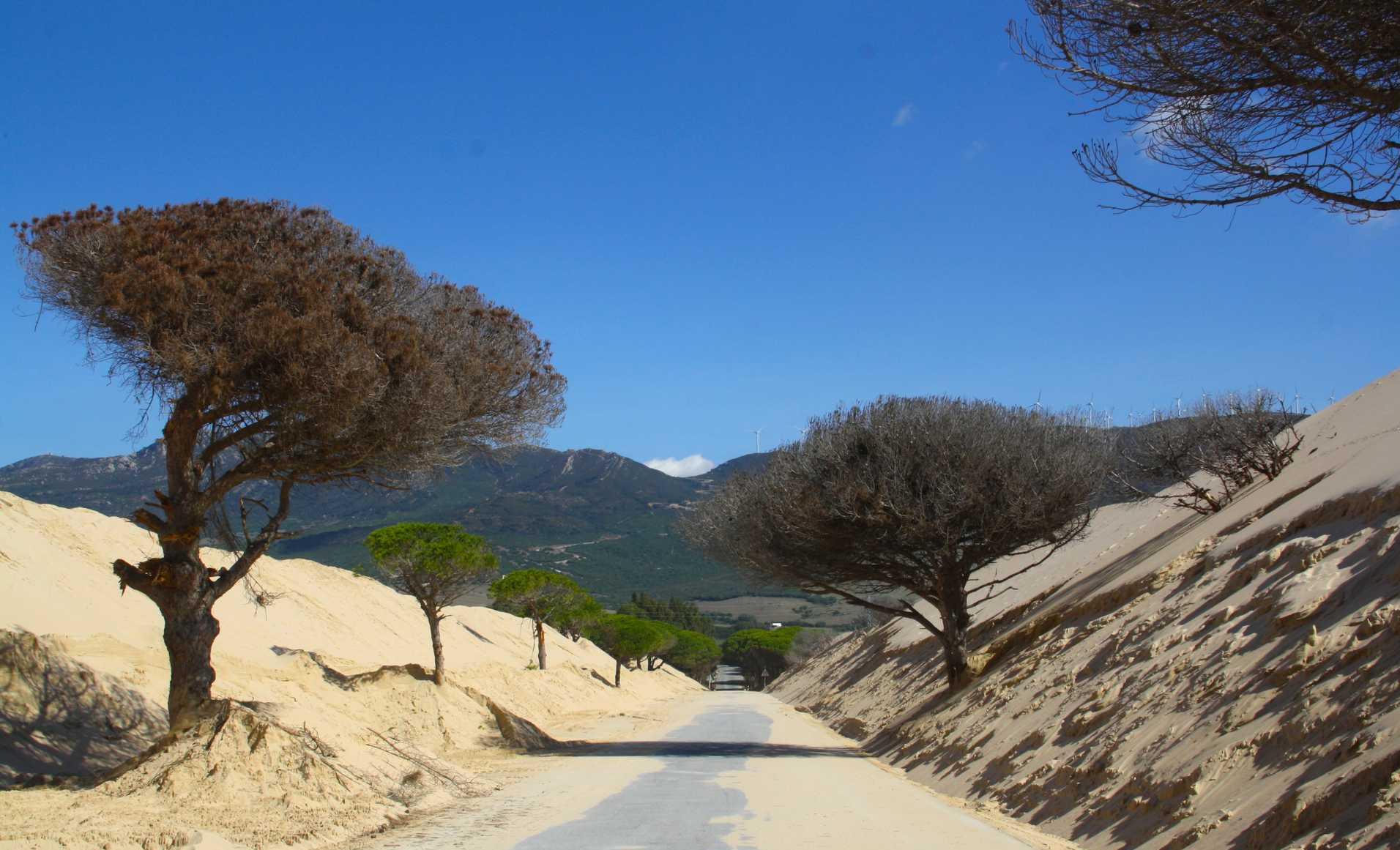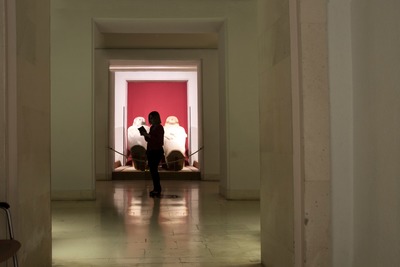Sanlúcar de Barrameda, the world of the Duchess of Medina Sidonia
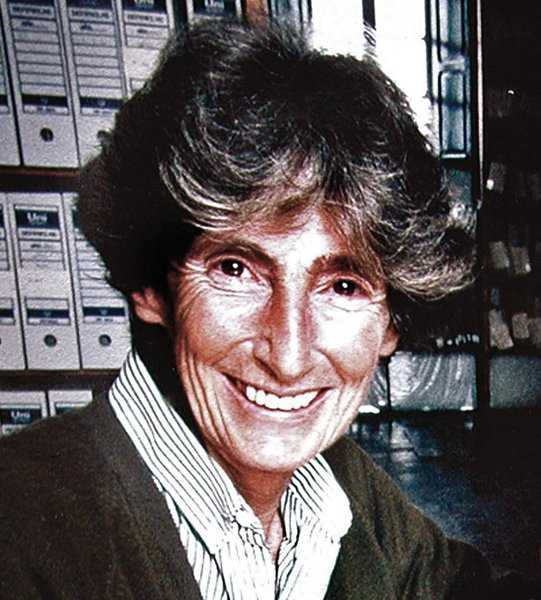
Aristocrat, writer and historian, she defended freedom of thought and the rights and freedom of all people
Luisa Isabel Álvarez de Toledo y Maura, Duchess of Medina Sidonia (Estoril, 1936 - Sanlúcar de Barrameda, 2008)
The "red" Duchess
She was the 21st Duchess of Medina Sidonia, and three times Grandee of Spain, as well as other noble titles. Popularly known as the "Red Duchess” because of her Republican ideals and her opposition to the Franco regime, her palace in Sanlúcar de Barrameda (Cádiz) was a centre for meetings and gatherings where the prime concern was democratic principlesand especially social concerns in defence of the working classes. As a writer she published several novels and as a historian her work really quite controversial. She dedicated a large part of her life to preserving and cataloguing Archives of the Casa de Medina Sidonia, and to the creation of the Casa de Medina Sidonia Foundation. She was condemned by the Public Order Tribunal to a year and a day in prison which she served in the prison of Las Ventas and the penitentiary of Alcalá de Henares.

Eight centuries of history
The Duchess of Medina Sidonia got involved in social unrest and 1968 organised and headed a protest march after an American plane with four nuclear bombs crashed in Palomares (Almería). She had to flee into exile in Paris and when amnesty was declared in 1979 she returned to Spain and settled in Sanlúcar de Barrameda, in the palace on her estate and undertook the task of preserving and cataloguing one of the best historic archives in the world. It covered eight centuries of history with over six thousand files and six million documents. To prevent this priceless heritage being removed from the town in the province of Cadiz at the mouth of the Guadalquivir River she created a Foundation. Since then, the Palace of Medina Sidonia has been a focus of attraction of immense value for historians and researchers who visit the Foundation and the town on a daily basis.
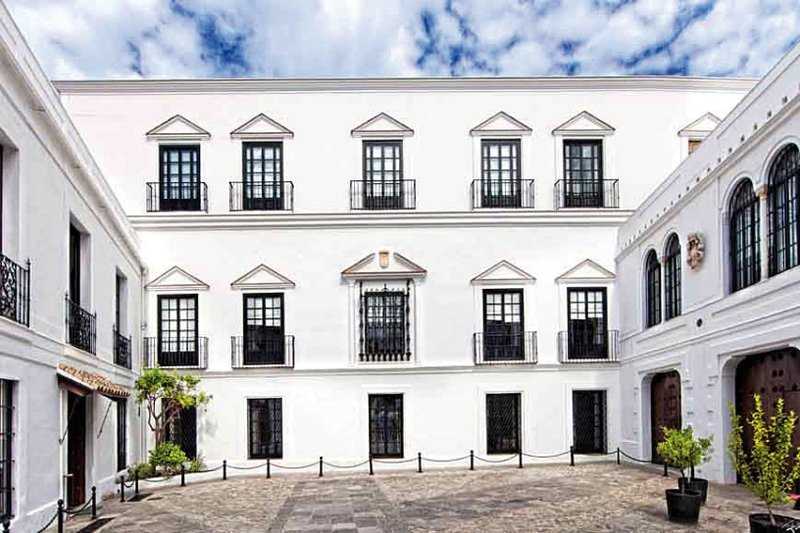
The people's Duchess
It is well-known that Isabella Álvarez de Toledo liked to stroll around Sanlúcar to make getaways in the region with long stops in Jerez de la Frontera, both cities being joined by a road which is so straight it looks like it was drawn with a ruler. She was respected in the town, although she was treated as an equal, especially when she left the palace and went down to the mouth of the Guadalquivir River, in Bajo de Guía, where the famous horse races are held on the sandy beach each summer in August.
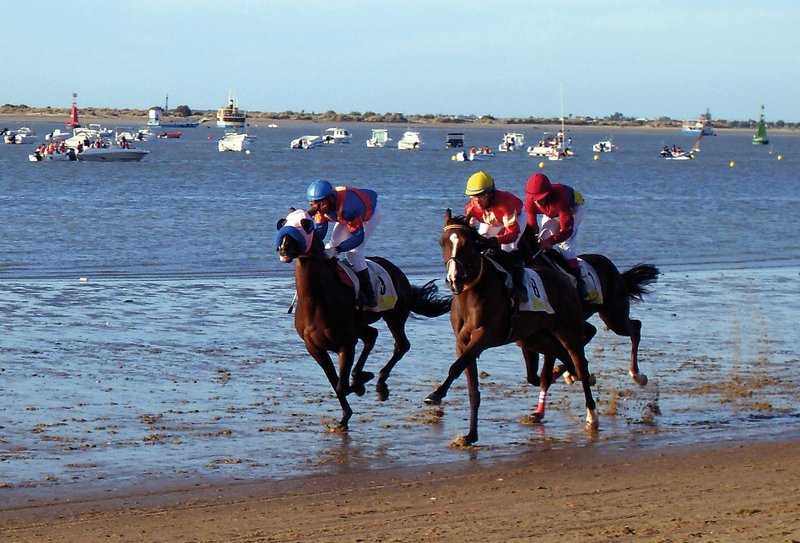
But it was the work she undertook quietly in the classification of millions of documents which was her closest link to the palace which after seven centuries of history remains one of the most representative monuments in Sanlúcar, which is visited all year round by historians and researchers who explore the archives of the Medina Sidonia Foundation. The palace overlooks the final stretch of the Guadalquivir River, facing the Doñana National Park, and it is an exquisite blend of different artistic styles, with patios and gardens, magical little corners where you can leave the world behind you and walkways, avenues and galleries where you can enjoy an incredible variety of trees and plants. Today, part of the palace is now a guest house where the historical legacy of many centuries is preserved.
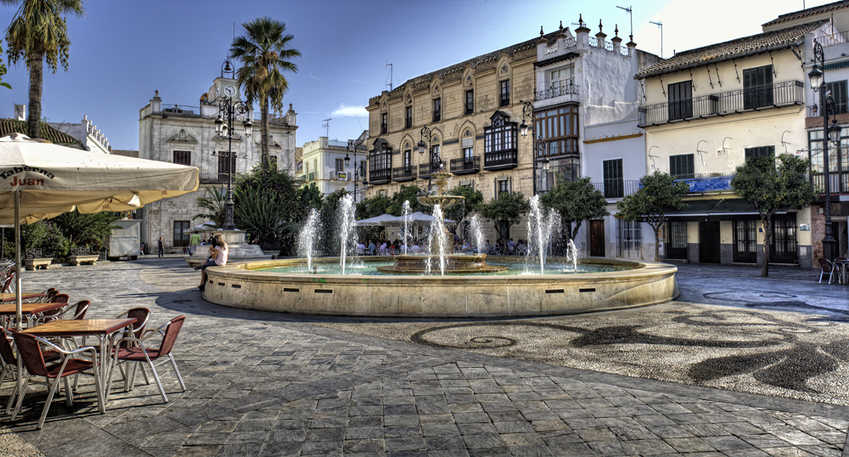
A glass of manzanilla, please
From the battlements of Santiago Castle, another of the historic treasures in Sanlúcar, you can see the Doñana dunes and the vast marshlands where the waters of the Guadalquivir River pour into the Atlantic Ocean. But it was in the palace where the Duchess looked out over the impressive view of the final stretch of the Grande River, with the clam fishermen almost at her feet. It is a view calmed the Duchess's spirit as she mentioned in a number of her newspaper articles. It was an ancestor of hers, Enrique de Guzmán, 2nd Duke of Medina Sidonia who built Santiago Castle and legend has it that Queen Isabella saw the sea for the first time looking out from the battlements. It has been very well preserved and when you visit it you'll be surprised that in spite of being a typical castle built in the Middle Ages as an artillery fortress, Enrique de Guzmán and his wife Leonor de Mendoza displayed great interest in art and the Renaissance as can be seen in the Sirena Gate and the Main Hall with a series of rural paintings. The barbican of the castle was the control point for the arrival and departure of boats which sailed up and down the Guadalquivir River, with the Doñana National Park opposite.
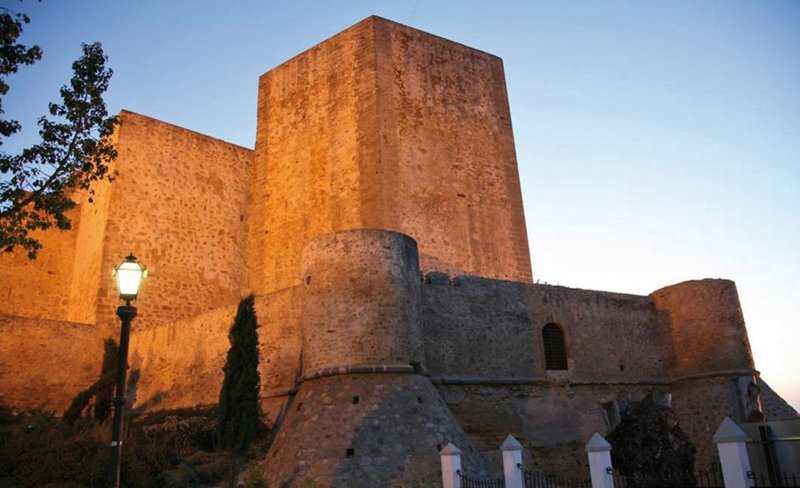
Aroma of oak
The cellars are part of the history of Sanlúcar, with the characteristic aroma of old oak barrels where the Manzanilla gains strength, until reaching 15 degrees. And it is only right to stop for a drink in the historic town centre of Sanlúcar where there are a number of historical monuments well worth visiting, like the Town Hall, the Bourbon-Orleans Palace, La Merced auditorium (formerly a 17th century convent), Church Santo Domingo (16th century), the convent of Regina Coeli (16th century), the 17th century Convent of the Carmelitas Descalzas and the Church of Nuestra Señora de la O, in the Gothic-Mudejar style from the 14th century, located in the Plaza del Palacio de Medina Sidonia. These were walks that the red Duchess often took as she always liked to chat with her neighbours.
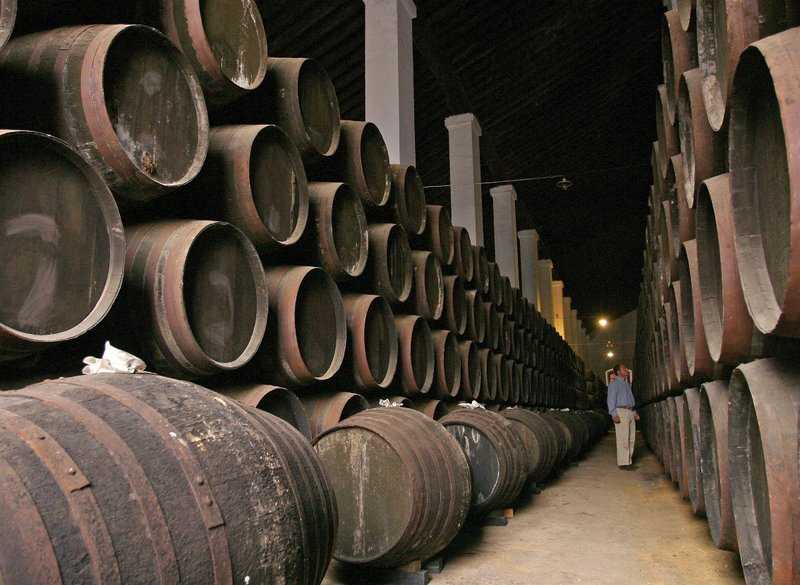
From Bajo de Guía to Doñana
The local inhabitants remember that the Duchess of Medina Sidonia used to stroll along the Bajo de Guía beach and cross the river in a traditional riverboat to visit the nearby Doñana dunes. This Nature Reserve is different, unique in Europe and in two and a half hours in an off-road vehicle you can visit all the different ecosystems in the park: beaches, dunes, enclosed lands, riverbanks and marshes and the old shack town of "La Plancha", the charcoal ovens and fill your lungs with the fragrance of pine woods, rosemary and thyme; of juniper bushes and mastic shrubs while observing numerous species of animals, including the Iberian lynx and the Spanish imperial eagle, both species threatened with extinction. It was an environment that the Duchess knew very well, with marshes like mirrors reflecting the blue sky and grandiose forests where the animals reign supreme.

To arrive in Doñana by crossing the Guadalquivir River on the Real Fernando riverboat is an unforgettable experience because this is the same as that used by the carriages that take the track to El Rocío to kneel before the Virgin of Blanca Paloma.
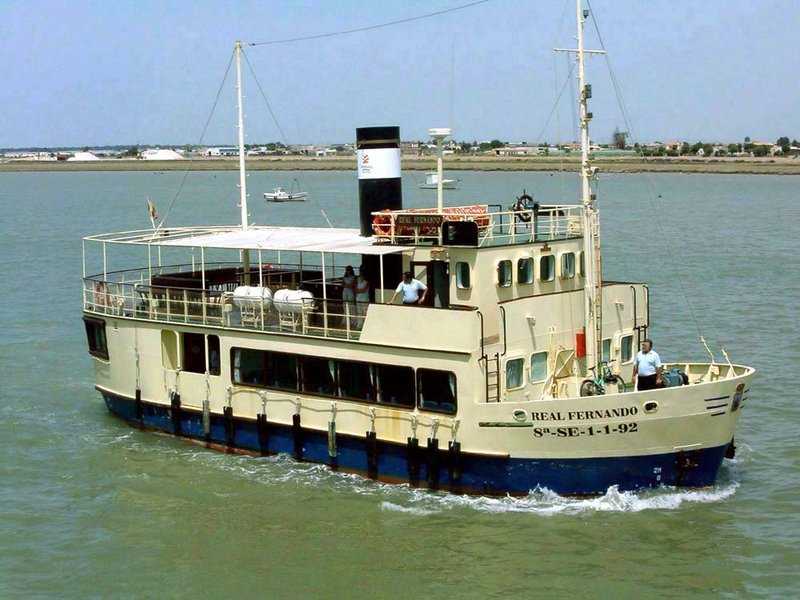
Walks around Sanlúcar
Walk 1. Starts in the Barrio Bajo food market (C/ Traspuesta, s/n) where the prawns and other fish are still virtually alive. First take an excellent coffee in the bar El Corcho or the cafeteria Pozo, with toast and loin of pork. And from there to the Town Hall.
Walk 2. Up the Cuesta de Belén to the Barrio Alto. The arcade of Las Covachas ( 15th century) - La Merced Auditorium ( 17th century convent) - Orleans-Bourbon Palace ( 19th century), currently the Town Hall - Church of Nuestra Señora de la O - ( 14th century Gothic-Mudéjar) - Medina Sidonia Palace - Medina Sidonia Foundation - View of the mouth of the Guadalquivir River and the Doñana Nature Reserve - Santiago Castle ( 15th century)
Walk 3. Manzanilla Museum (Bodegas Barbadillo) - Fábrica de Hielo Visitor Centre - Bajo de Guía - Tasting langoustines or shrimps in the many restaurants in Bajo de Guía - Excursión a Doñana (Buque Real Fernando) - 4x4 trip through the Doñana Nature Reserve - "Mythological Cadiz" Visitor Centre (Plaza de la Victoria).
Walk 4. Pastry shops in the Barrio Bajo (La Merced, La Rondeña, Convent of Madre de Dios (the Dominicans) - La Sacristía Wine Museum for the Jerez Brand (C/Rubiños, 23) - Tasting of wines from Jerez and Sanlúcar - Max Meridia (to buy salt) - Plaza del Cabildo where you can taste shrimp omelettes, langoustines from Sanlúcar, and shrimps (Casa Balbino, La Gitana, Barbiana) - Bodega La Cigarrera (Plaza Madre de Dios), the oldest in Sanlúcar(1758).

